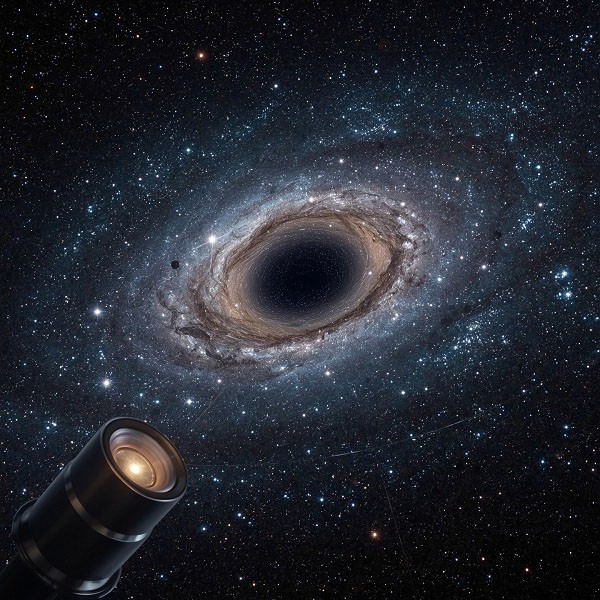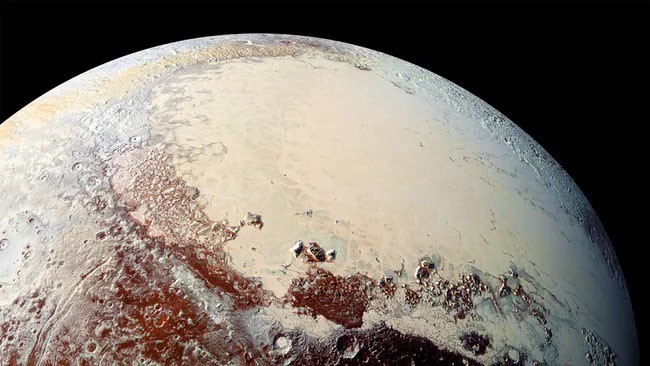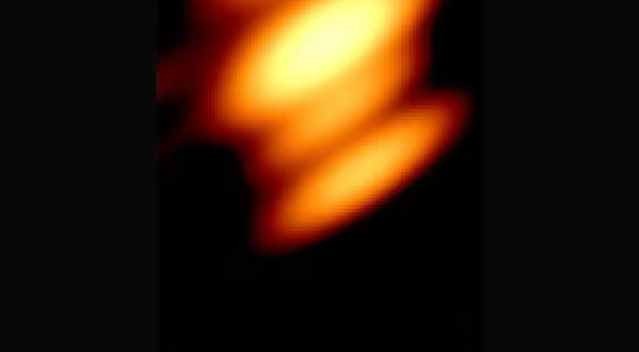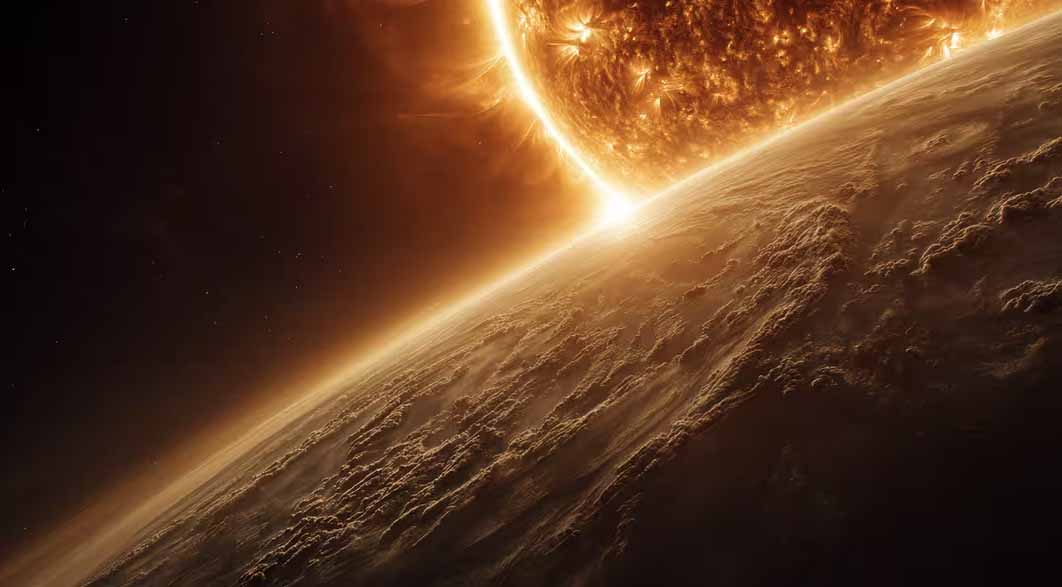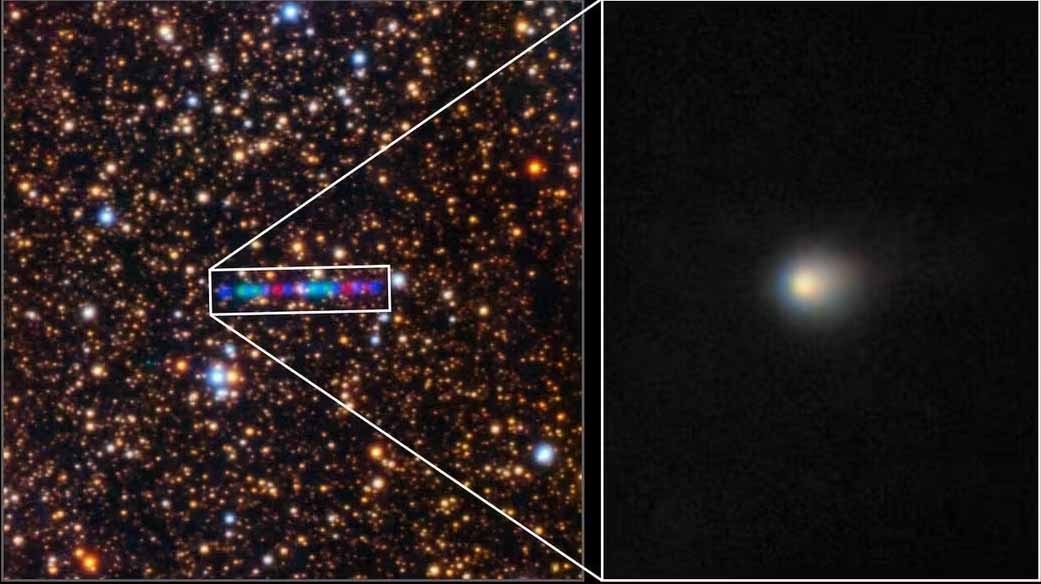The James Webb Space Telescope (JWST) has captured the first direct image of an exoplanet in its history. The object, designated TWA 7 b, is located 100 light-years from Earth and has become the lowest-mass exoplanet ever detected by direct imaging. The mass of the planet is comparable to that of Saturn.
This discovery was a technological and scientific breakthrough. Until now, exoplanets have been detected mainly by indirect methods — by fluctuations in the luminosity of the star at the moment of the planet's passage through its disk or by the gravitational effect on the parent star. Direct imaging remained unavailable for low-mass objects due to the weak intrinsic radiation and blinding background from the host star.
TWA 7 b is located at a significant distance from its star, which makes the orbital period extremely long — several hundred years. This orbital characteristic, coupled with the young age of the system (about 6 million years), allowed the James Webb telescope to record reflected infrared light from the planet itself, despite the presence of a bright parent star.
Astrophysicists estimate that TWA 7b is about 10 times smaller in diameter than planets previously imaged with telescopes. This makes it the smallest object ever directly observed in an extraterrestrial planetary system. The uniqueness of the observation lies not only in achieving high image accuracy, but also in the ability of JWST to selectively filter light noise, providing the necessary contrast.
The discovery reinforces the James Webb telescope's status as a key instrument in exoplanet research. It demonstrates the potential of a new era of astronomy, where direct observation of distant planets becomes possible even for objects with sub-Jovian mass. This expands the prospects for studying planetary systems located outside the Solar System, and creates a basis for searching for signs of life on habitable analogues.


